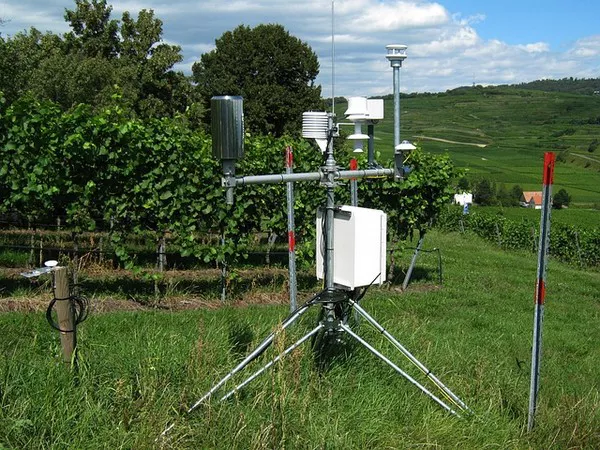The anemometer, a crucial instrument for measuring wind speed, has evolved significantly over the centuries. Its roots can be traced back to ancient times, where ingenious minds sought to understand and harness the power of the wind. In this exploration, we delve into the fascinating history of the anemometer, unraveling the story of its evolution and identifying the oldest known prototype.
Ancient Beginnings
The quest to measure wind speed dates back to ancient civilizations, where seafarers and farmers alike recognized the importance of understanding atmospheric conditions. Sailors, in particular, needed to navigate the seas efficiently, relying on wind patterns to propel their vessels. The earliest attempts to measure wind can be linked to simple devices, often inspired by nature.
One of the earliest recorded anemometer-like devices is attributed to the Greek philosopher and mathematician Leon Battista Alberti in the 15th century. Alberti’s creation, known as the “wind wheel,” resembled a rudimentary pinwheel and relied on the spinning motion induced by the wind to estimate its speed. While this invention was a step in the right direction, it lacked precision and standardization.
Leonardo da Vinci’s Contributions
The Renaissance era saw significant advancements in scientific exploration, and one of the key figures contributing to the development of the anemometer was none other than Leonardo da Vinci. In the late 15th century, da Vinci conceptualized a more sophisticated device for measuring wind speed. His design incorporated a horizontal spindle with cups, resembling a modern cup anemometer.
While da Vinci’s sketches and ideas were revolutionary, there is no evidence to suggest that his design was ever implemented during his lifetime. The lack of technological advancements during the Renaissance hindered the practical application of such visionary concepts.
The Development of Cup Anemometers
It wasn’t until the 17th century that significant progress was made in the creation of practical anemometers. British scientist Robert Hooke is credited with developing a rudimentary cup anemometer in 1665. Hooke’s design featured four arms with hemispherical cups at their ends, which rotated with the wind’s force. Although Hooke’s design marked a considerable leap forward, it still lacked the precision required for accurate wind speed measurements.
Another key figure in the development of cup anemometers was Thomas Romney Robinson, an Irish astronomer, and physicist. In 1846, Robinson introduced a more refined version of the cup anemometer with four conical cups. This design, known as the Robinson anemometer, became widely adopted and served as a template for subsequent iterations.
The Oldest Known Anemometer
As we seek the oldest known anemometer, we find ourselves examining a unique historical artifact from the 18th century. The “Whirling Hygrometer and Wind Measure” created by John Thomas Romney Robinson, the nephew of Thomas Romney Robinson, stands out as one of the earliest surviving anemometers.
Dating back to the 1760s, Robinson’s invention was a multifunctional instrument that combined the measurement of humidity and wind speed. The device featured a set of four hemispherical cups attached to horizontal arms, much like its predecessors. This historical gem is preserved at the National Museum of Ireland, offering a tangible link to the earliest attempts at quantifying the invisible force of the wind.
Robinson’s legacy goes beyond the invention of the anemometer, as he made significant contributions to meteorology and astronomy. His enduring impact on the field is celebrated through the continued use and refinement of his inventions.
See Also 10 Essential Uses of Anemometers
Conclusion
The journey to discover the oldest anemometer takes us through centuries of innovation and scientific inquiry. From the humble wind wheel of Leon Battista Alberti to the visionary sketches of Leonardo da Vinci and the practical designs of Robert Hooke and Thomas Romney Robinson, the evolution of the anemometer mirrors humanity’s relentless pursuit of understanding and harnessing the forces of nature.
While the surviving artifact from the 18th century stands as a testament to the earliest known anemometer, it is essential to recognize the collective efforts of countless minds that have shaped and refined this indispensable instrument. The anemometer’s journey is far from over, with modern technology continually pushing the boundaries of precision and reliability, ensuring that our understanding of wind dynamics remains as accurate as ever. As we gaze back through time, we celebrate the ingenuity of those who paved the way for our current understanding of wind measurement.

